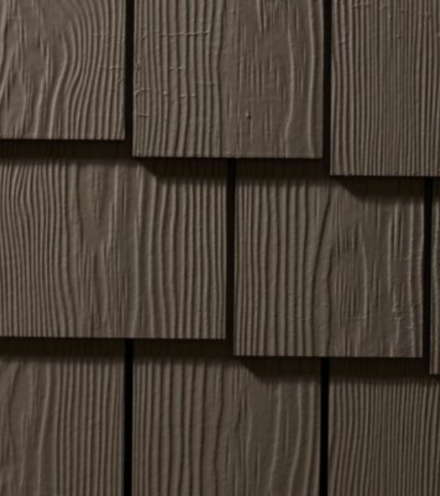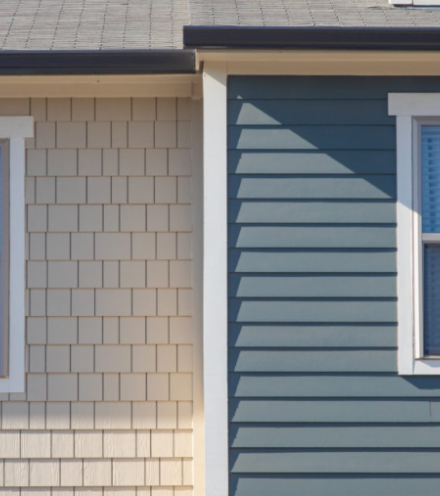
Termites are a serious threat to many homes. These wood-eating insects can burrow into the structure of your home, weakening it, and can cause issues such as wood rot and structural failure. Eradicating termites can be a difficult and expensive experience, and often also means needing to do extensive repairs to your home once the insects are gone. This makes prevention the best course of action for most homeowners, stopping the threat before it can become a serious problem.
How to Prevent Termite Damage
There are many steps that homeowners can take to prevent termite damage to their homes. Doing so can help protect your home from this potential issue.
Signs of Termite Damage

A lot of termite damage goes unrecognized for too long, because people don’t always realize that the damage they see is due to termites. This means that by the time the problem is correctly identified, the problem is usually extremely widespread. Therefore, the first step to protecting your home is to learn what to look for, so you can stop the spread of termites before the issue becomes serious.
The first signs of termite damage often look a lot like water damage. This can be a slight buckling, warping, or swelling of wood. You may notice wood siding bowing off the side of the home, or baseboards or floor boards buckling inside the home. Many people attribute it to dampness or high humidity, but it’s often the first sign of termites, and should be taken seriously to prevent the damage from getting worse.

If you were to remove the top layer of wood, the more visible sign of termite damage is what appears to be a maze of tunnels cut into the wood. This is wood that termites have burrowed through, and with each tunnel, the structure of the wood becomes further compromised.
Stop Moisture

Your first step at stopping termites comes with preventing the wood from your home from coming into prolonged contact with moisture or water. This is often how the termites will enter; they’ll look for softened or weakened wood that they can easily infiltrate. This includes wood siding or skirting that is in contact with the ground, stacked wood, or a wood pile up against the side of the home, and also applying too much mulch to the ground around your home.
By keeping the edges and perimeter of your home dry and out of contact with wood that may carry termites, you can reduce the chances that you’ll have an infestation.
Reduce Humidity
The next step is to keep air flowing through your eaves, soffits, attic, and crawlspaces. Termites thrive in damp, humid conditions, and high moisture levels can lead to further wood rot, which can make the problem worse. Having adequate ventilation and keeping the air moving through these areas can help reduce the moisture levels, preventing them from building up and impacting the wood.
Steps that you can take include adding a ridge cap vent to your roof, installing attic fans, and making sure that you use a perforated soffit over your eaves, preferably of a material that is not impacted by moisture, such as fiber cement soffits. The idea is to allow air to flow naturally through these spaces, rather than letting it sit, so that moisture is more easily removed.
Get Water Away from Your Foundation
Keeping water and moisture away from your foundation can also help reduce the chances that termites will become an issue. This means making sure that your gutters and downspouts are long enough to direct rainwater away from the foundation. If your home frequently has a lot of moisture around the perimeter, you may also want to consider installing a French drain, sump pump, or combination to help collect, move, and drain the water that collects near your home. This will help keep insects away from your home, and will help keep your basement dry at the same time.
Use Termite Resistant Materials

One of the most effective ways that you can help protect your home from termites is to clad it in materials that are termite resistant. Wood siding is popular for its appearance and versatility, but it’s easily impacted by moisture and becomes an open invitation to termites and other wood boring insects such as carpenter ants, carpenter bees, and wasps.
By utilizing a material like fiber cement siding, which naturally resists termites and other insects as well as moisture and humidity, you can help protect your home from these issues. Fiber cement siding is made from a blend of Portland cement along with sand, silica, and cellulose fiber. It’s naturally resistant to insects and moisture, and also resists peeling and chipping, so it’s also lower maintenance than wood, in general.
By cladding your home in fiber cement siding, trim, and perforated soffits, you can help reduce the chances that your home will be impacted by termites.
Protect Your Home From Termites
Stopping termites is often a multi-step process that includes reducing moisture, keeping wood away from your foundation, and using termite-resistant materials. Don’t wait until your home’s structure has been compromised by termites, start protecting it now.
For superior house siding that resists pests like termites, contact Allura today.




